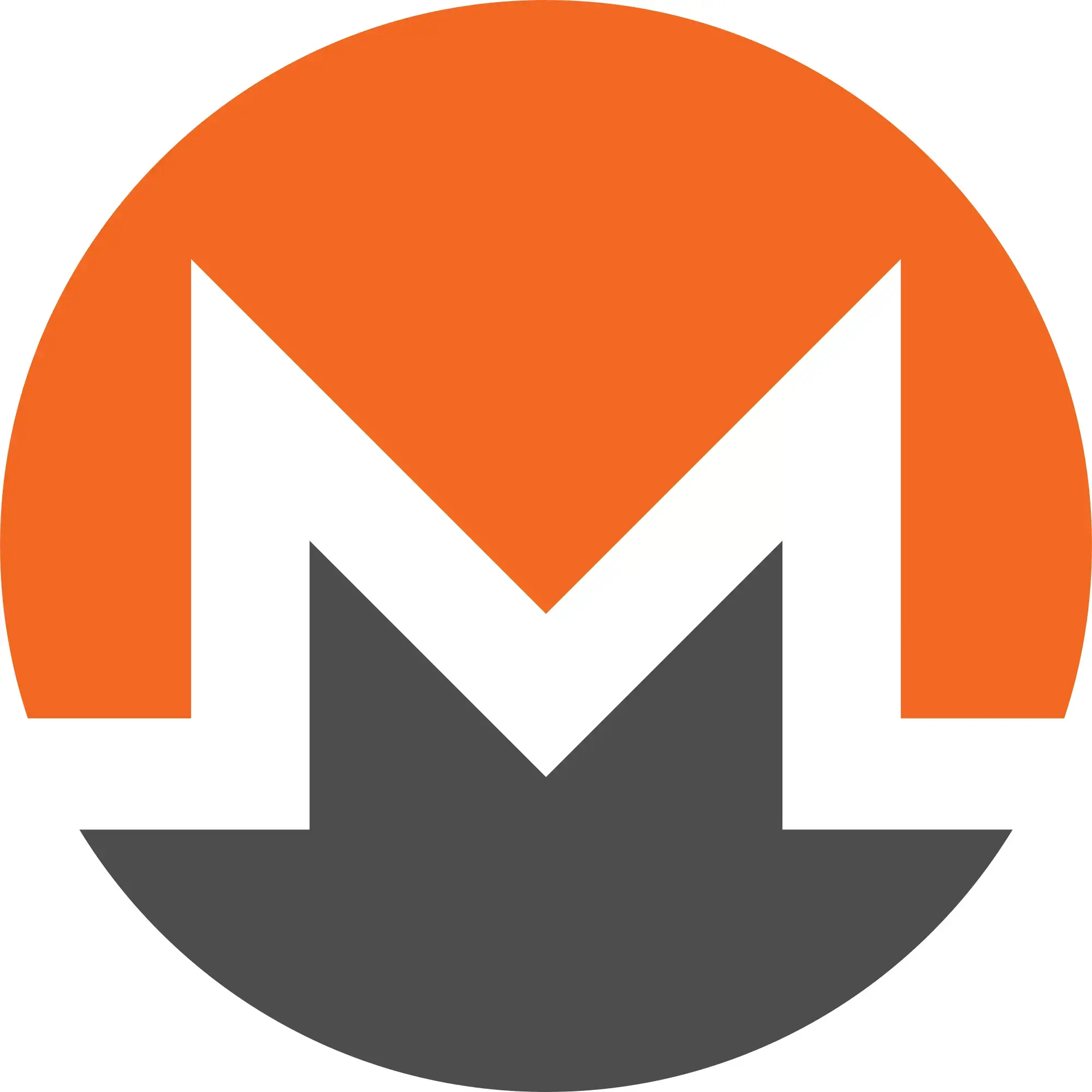

I guess I’m not understanding the question…
You have a laptop connected to a docking station.
You have linux PC connected to a monitor, keyboard, and mouse.
You want to use the same monitor, keyboard and mouse on both machines? Switching between the two?
The monitor is the easy part, lots of monitors have multiple inputs, so you put the Linux PC on one input and the laptop dock on the other. Switch video inputs using the buttons on the monitor.
The keyboard and mouse would be tricky without a KVM switch. In theory, with a wireless keyboard and mouse, you could connect it to both machines, but you’d run the risk of using one and sending garbage data to the other if both were turned on at the same time.
I’d just get a KVM, that’s what they’re there for.







Typicaly the way a KVM worls is you connect both computers to it, then a single monitor, keyboard and mouse.
Flipping the switch on the KVM moves the keyboard and mouse input, and video output, from machine #1 to Machine #2.